All about planting and caring for honeysuckle outdoors

Honeysuckle is not the most popular crop in our gardens. Perhaps not all gardeners know about the decorative features of the plant, about edible varieties and other advantages of this worthy culture. Or they are simply afraid that it is very difficult to grow it and take care of it. Not really.

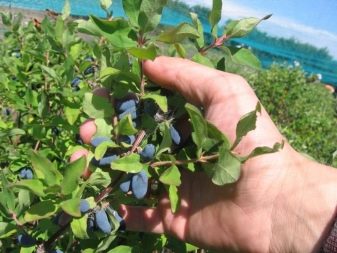
Site and soil selection
Most conveniently, honeysuckle will be in a bright area without drafts. The plant will take root quite well in partial shade, in the lowland, next to the fence. But only the yield will be slightly lower. As for the soil, it is suitable for soil rich in organic matter, moisture-consuming and loose, with neutral acidity. On loams and sandy loams, shrubs are best.
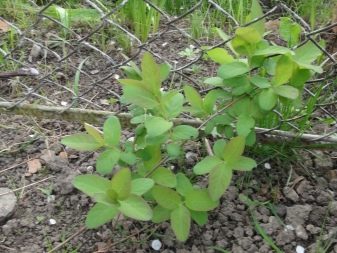

And yet, many acquire honeysuckle, knowing that it is a shade-tolerant plant, and therefore will not free up any special place for it. Yes, even if the area is 40% dark, the shrub will bear fruit, albeit not at the maximum. The shoots of such a culture will be very elongated, the fruits and inflorescences will be smallish. And you will also have to regularly prune such a shrub so that the branches are not longer than 2 m (or better - 1.5 m).

If the shoots grow, the vegetation of the plant will slow down.
What else can you say about the soil and where you should plant honeysuckle:
-
if the variety is decorative, it is not whimsical at all, it will take root anywhere;
-
light is much more important to fruit shrubs, and here it will have to make concessions;
-
winter-hardy species are more loyal to partial shade;
-
honeysuckle will take root well both on sand and in fertile soil;
-
if you feed the soil, the plant will immediately respond with increased yield;
-
the southeast side of the garden is the best option for a plant;
-
dangerous if the land is overfed with nitrogen fertilizers.
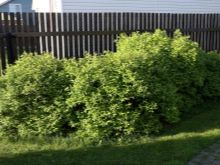


But in general, honeysuckle feels good near an orchard, gets along with raspberries and gooseberries, currants. It is important that the shade of the growing trees does not particularly cover the shrubbery.

Landing technology
The landing hole, as is customary, is dug out a few days before disembarkation. Its bottom necessarily assumes the presence of a drainage layer, for example, fragments of brick chips, crushed stone, expanded clay, pebbles. And the hole is then spilled with clean water (better - settled).

The organic-mineral mixture will be a special filler for the hole: no more than 10 kg of compost, 150 g of superphosphate, 250 g of wood ash, 40 g of potassium sulfate. All fertilizers are mixed with the top fertile layer, the pit is filled with planting substrate, which needs to be tamped a little.

All voids must be filled.
How to plant honeysuckle - an algorithm of actions.
-
A not very large mound is formed from the finished substrate.
-
The seedling should stand in the center of the hole.
-
The root processes must be slowly straightened, evenly placed over the surface of the mound.
-
Sprinkle gently with soil.
-
The root collar is deepened at a distance of 4-6 cm, no more.
-
The soil in the near-trunk circle should be tamped, formed around a circle (30 cm in diameter) not very high side.
-
About 10-15 liters of water should be poured into the near-trunk space.
-
The soil must be mulched with peat, dry grass, or just humus.

Obviously, there is no complicated agricultural technology here. Although the nuance may be planting honeysuckle in pots and tubs, and not in open ground. As a rule, this is done with undersized varieties. But in general, the scheme will be the same: a drainage layer at the bottom of the pit, a special substrate, very abundant watering after planting. Containers with bushes can be placed on a warm loggia or on the south side of the veranda. And so that the bush grows and develops evenly, supports are placed along the edges of the pot - pegs, wooden sticks, slats. With a wire (which can be replaced with a dense thread), the central branches and the trunk are fixed on supports. The pots themselves are placed along the wall, because the weight of the bush can cause the pot to collapse.

Watering rules
The berry will not become juicy if it lacks light and abundant watering. The plant especially needs proper watering during the formation of berries. If the soil is loamy, you can water it once a week. But at the same time, water should not fall on the leaves, on the flowers. It is fraught with burns.

If you do not add water to young honeysuckle, its berries can be bitter. For edible varieties, this is more than important.
Pruning
It is sometimes said that pruning is not necessary for honeysuckle. This is not true. She needs both sanitary pruning and shaping. Who does not know, sanitary is the removal of broken and dried, unpromising branches. Shaping is needed to lighten the crown. If the branches grow sparsely, then for the first 5 years the bush does not need to be disturbed. Moreover, in the first year of growth, in order for the shrub to take root better, it is recommended to remove all flowers completely. In the second year, only a part of them is already removed.
Dried and damaged branches must be removed. It is necessary to form the structure of the branches so that they are all well ventilated, illuminated, and so that it is convenient for the owner of the summer cottage / garden to harvest. And usually the haircut takes place in the fall, although there is nothing wrong with spring pruning either. And yet, after dropping the foliage, it is much more convenient to do this.

Pruning steps:
-
removing broken branches;
-
removal of dry branches (if there are no bark and swollen buds);
-
cutting out those branches that decently shade the crown;
-
removal of thin and weak old branches, lifeless.


In this case, you should not be afraid of the very drying out of the branches. If it is not radical, throughout the bush, the process is absolutely natural, normal.
Top dressing
Mineral and organic feeding of honeysuckle is essential. It is better if it is organic, it is a priority. Fertilizers are usually applied at the beginning of the season. And in the spring it should also be nitrogen, with which, as already noted, it is important not to overdo it.

Basic feeding for honeysuckle.
-
The first is as soon as the snow melted. Chicken manure, horse manure and water-soluble mineral compounds such as Agricola are used.
-
The second is after flowering. You need to take 100 g of pressed yeast (if dry, then 20 g), 100 g of sugar, 3 liters of water. And all this is insisted for a week and a half. Then dilute 1 liter of liquid in 10 liters of water, use about 2 liters of the resulting composition under the bush.
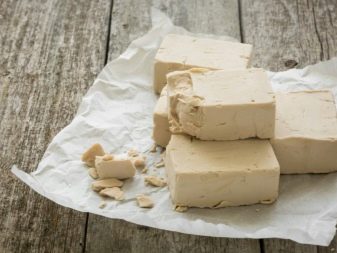

Compost and ash can also be added in the spring. An average honeysuckle bush usually takes 10 liters of compost and 1 glass of ash. Before cultivating the land with fertilizers, it must be loosened. And if the fertilizer is liquid, it can only be watered on loosened soil. And if it is presented in the form of a concentrate, then a groove must be dug around the perimeter of the bush - the earth is mixed with fertilizer and poured back into the hole.

It is imperative that after top dressing, the soil must be well watered so that the roots of the honeysuckle do not get burned. If you forget about feeding, the culture will not bloom enough, and the berries may grow small. And if the variety is edible, it is also bitter.
Reproduction
At home, honeysuckle can be propagated in several ways: by seeds, layering, green cuttings and dividing the bush.


How to propagate a plant by seeds.
-
Select a container suitable for sowing.
-
Make a soil mixture from peat, garden soil, and humus in a ratio of 2 to 2.5.
-
Sow seed into the ground, depth - no more than 0.3 cm.
-
Drizzle.
-
Cover with foil.
-
Send to a warm place.
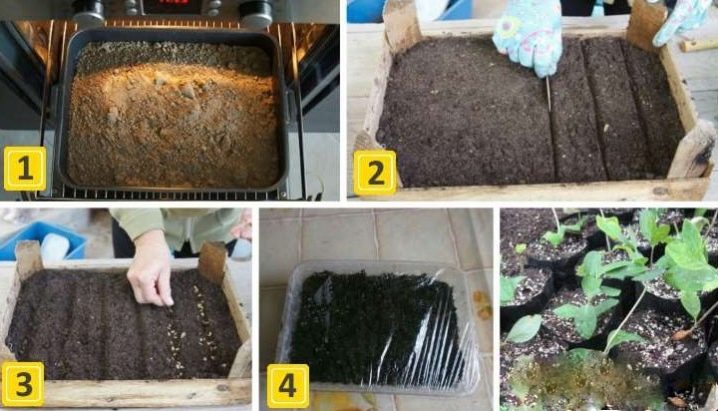
The first shoots should be expected in about 3-4 weeks. Maybe a week earlier or a week later.As soon as 3 true leaves appear on the sprout, the seedlings dive.

With the division of the bush, everything happens like this: the plant must be carefully dug up, divided with a garden pruner, each copy must be planted in a new area.

And from mid-June to the first days of July, the plant can be propagated by green cuttings. The shank can be considered the strongest young shoot of the current year. You only need to cut the stalk with a "heel", that is, capturing the lignified part of the main branch.
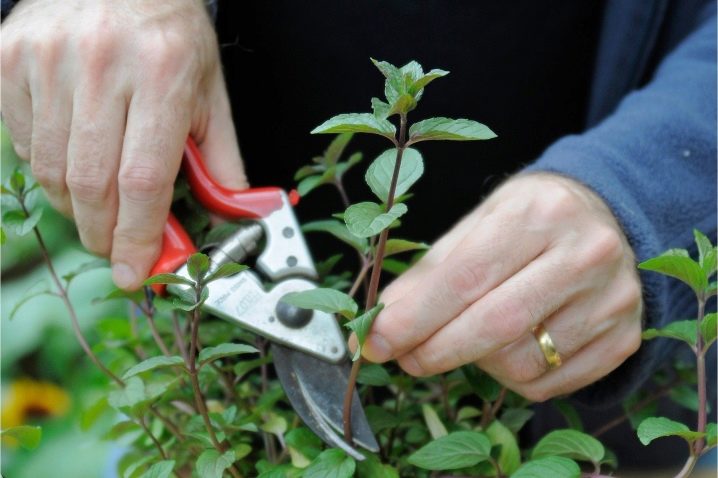
How to make several cuttings from a branch:
-
remove the bottom leaves;
-
find the next pair of leaves after the cut;
-
cut the stalk 1 cm above the leaves;
-
cut off half of each leaf with sterile scissors.

Here the roots of honeysuckle can be tricky. Therefore, for a greater guarantee, it is better to plant several cuttings at once. And also take into account that the bushes are almost not pollinated among themselves. And in order to get a good harvest, when transplanting, you will have to plant other varieties nearby.
Cuttings should go to loose soil with good ventilation - mixed compost, sand and peat. And after planting the plant, the ground is covered with 2 cm of sand. Then it must be watered, covered with a film and shaded, such care should be accurate. But the plant will go to open ground in the spring.

But reproduction by layering is not suitable for every shrub. What to do: the bush is bent to the soil, the lower branch is sprinkled with earth by 10 cm. Then they are clamped with metal pins with the shape of the letter V. They are covered with soil, watered. The rooted aerial shoot must then be separated from the mother plant with a sterile pruner. The shrub will go to its place in the spring.
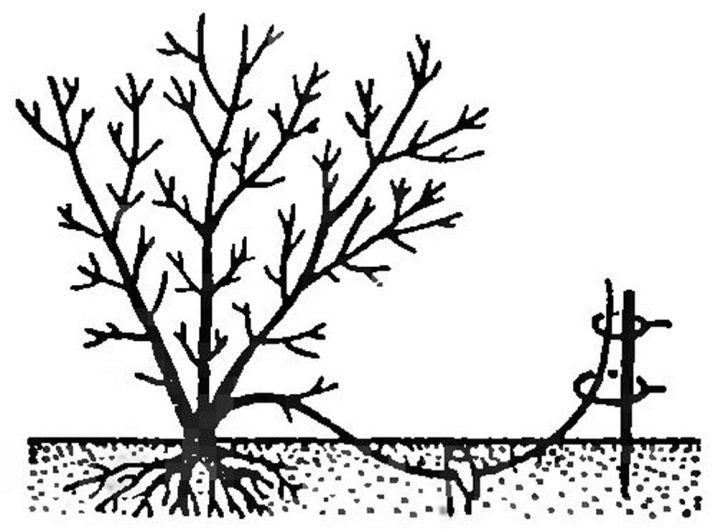
Diseases and pests
If there were no obvious mistakes with agricultural technology, honeysuckle should not encounter diseases. But, for example, if it is cut badly, the pests will be right there. And even faster, fungal pathogens and even viral pathogens will appear there.
What attacks honeysuckle more often.
-
Sooty fungus. Expressed in significantly blackened leaves. It can be cured using fungicides ("Profit", for example). But it is better to think about prevention, and this is the treatment of the bush with Bordeaux liquid in early spring.
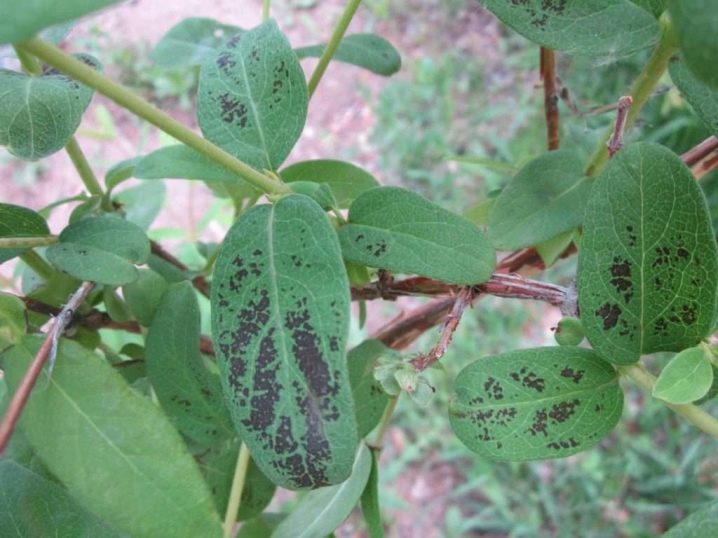
- Powdery mildew. Also a common ailment for the garden / vegetable garden, expressed by a gray-white bloom on the leaves. If the disease has just appeared, Fitosporin will help. If the case is neglected, Fundazol can save the plant.

- Mosaic. A very dangerous viral disease, when infected, yellow spots will appear on the plant. They will be on the leaves, always irregular in outline. And now this attack is incurable. If at the beginning of the disease, diseased branches can still be removed, hoping that healthy ones still remain, then with a complete attack of the bush with a mosaic, you will have to destroy the honeysuckle itself.

And there is also such a pest - the honeysuckle aphid. She adores young shoots, literally clusters on them. And then these piles of pests curl up, turn yellow and dry up. In this case, the escape may die out. Aphids are fought with garlic infusion, infusion of wood ash. In the spring, while the moment of harvesting is very remote, it is possible to allow the use of "Actellik" and "Confidor". As long as it is safe.

They can attack the bark of honeysuckle and scale insects. They also feed on plant juices, which may well lead to death of the shrub. They are killed by "Rogor" and the same "Aktellik". And there are also leaf-gnawing caterpillars, which literally pull out whole fragments of leaves, but almost do not eat the leaves completely. It is possible to collect these uninvited guests from a small bush by hand, but if their invasion is radical, "Iskra" or "Inta-Vir" will help. And sometimes in the spring, the owners of the site pour boiling water over the land, preventing potential pests from surviving.


But there is a pest and a larger one: it is not uncommon for mice to gnaw honeysuckle in the country. And the solution is original - the planting of seedlings takes place using a metal mesh.The honeysuckle roots calmly pass through it, and the bulk of them will be protected by the net. It is better if it is a chain-link mesh with a cell of 15 mm. The metal protection needs to be buried half a meter or a little less, because the mouse and rat passages are 10-20 cm deep.

But it is important, as soon as the leaves turn black or yellow, as soon as the first caterpillar is noted on the plant, not to allow diseases and pests to act further. The main thing is not to waste time.
Preparing for winter
In principle, winter is not terrible for frost-resistant varieties, they do not need to be covered. The twigs may freeze, but in spring they will recover quickly when the heat becomes constant. But climbing plant varieties are more vulnerable, but they are usually planted in the southern regions.
To protect the honeysuckle, shoots can be bundled, overlaid with spruce or pine branches (they will be the winter care for the plant) and tied. It is better to take natural materials with good air permeability for shelter. And you can also lay fresh peat under the bushes, collect the branches and sprinkle them with spruce branches. The main thing is not to overdo it: if the winter is not very snowy, the bushes will even have to be “covered” a little with snow.

However, remember that excessive moisture will cause the plant to argue.
Growing secrets depending on the region
In the Moscow region, and also in central Russia, in Belarus, suitable varieties are "Nymph", "Morena" and "Chosen". Honeysuckle is planted in a bright and sunny location in the garden. It will turn out to be grown on neutral soil without strong blowing winds.



In Siberia, three-year-old seedlings are usually planted, because younger plants may not withstand acclimatization to rather harsh conditions. In order for the plant to successfully overwinter, it is necessary to deprive it of nitrogen fertilization in the second half of summer. In the Urals, the shrub also prefers sunny places (only in the South Urals it is better to choose partial shade for honeysuckle). For growing plants in the Crimea and the Kuban, zoned varieties are selected, and planting material is usually bought in a container.
If the culture is to be grown in the Leningrad region, they are also looking for a sunny and bright place, with sandy loam (ideally) soil. But it is better to choose special varieties that are ready for growth in difficult conditions. "Amphora", "Dessertnaya", "Viola", "Tomichka", "Pavlovskaya" and others will fit this description.



Honeysuckle loves grooming, but caring for it is not at all burdensome. It grows in different regions and can produce a bountiful harvest even where it is not particularly expected.











The comment was sent successfully.